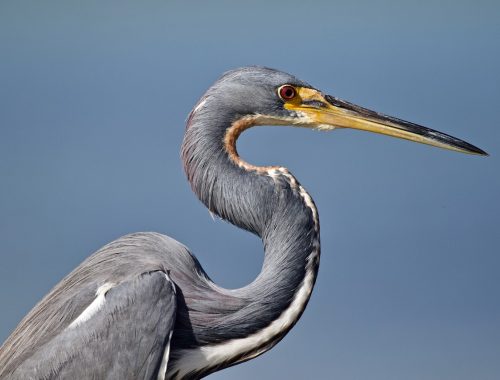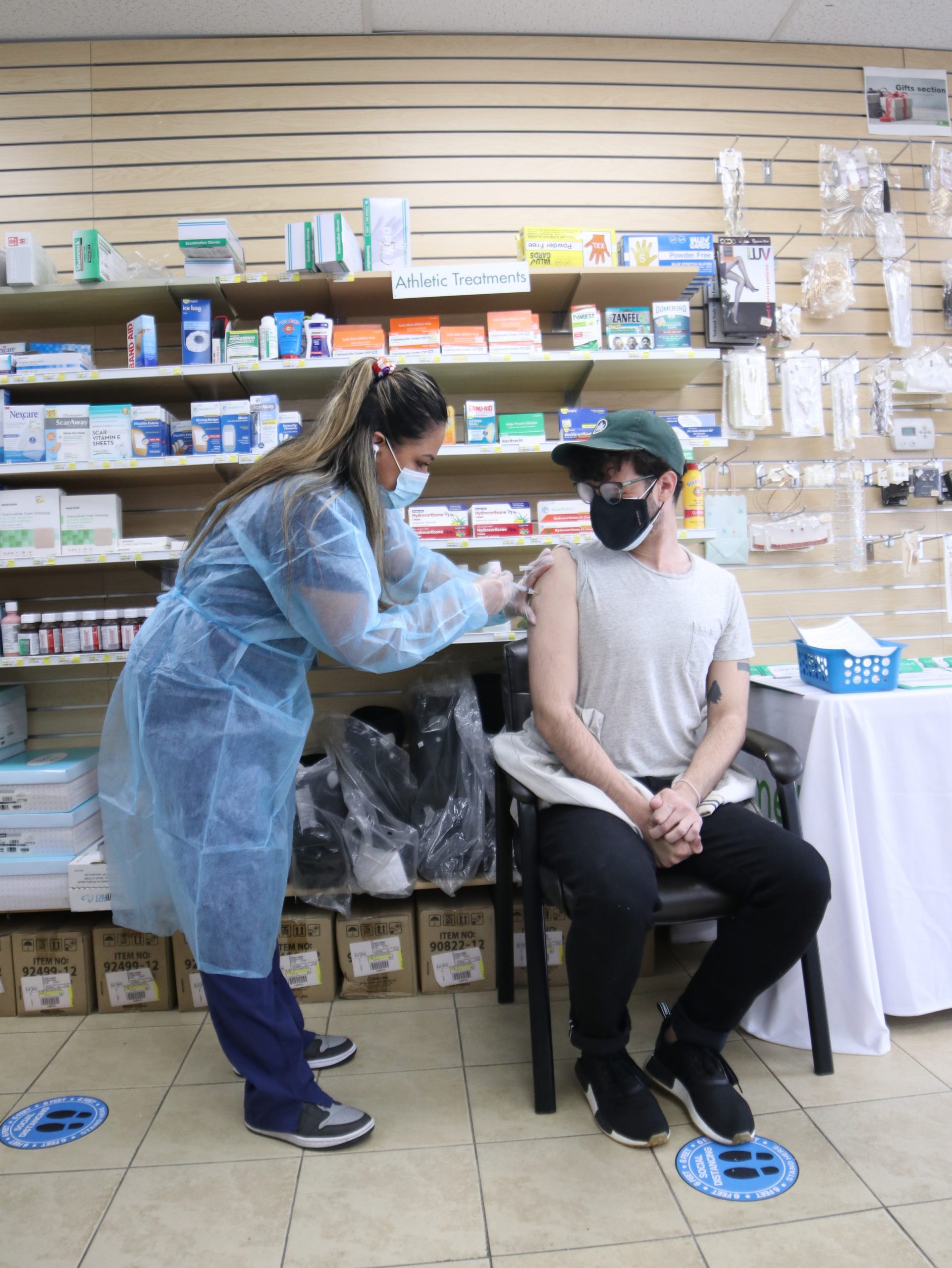Sea Creatures Who Are Out of This World (Part 1)
Sea slugs are poisonous mollusks with an efficient defence system; they are characterized by having a non-segmented, transparent body with the ability to emit light. They breathe through gills located in different areas of their bodies; they have two sensory organs in the shape of a horn located on the head; their diet is carnivorous since they feed on other invertebrates. These exciting animals have undergone several changes in their body, the most prominent being the total disappearance of their shell; they are found below the low tide line in tropical waters. In this list, you will find stunning images and interesting facts about these curious mollusks.
Costasiella Kuroshimae
This mollusk can be found near Japan, Indonesia and the Philippines; it is a sea slug Sacoglossa. They have sharp teeth called Radulas and feed on algae; they have two pairs of tentacles on their heads used mainly for their sense of smell; They are commonly known as “sea sheep” due to their peculiar appearance.
Glaucus Atlanticus
Known as “Blue Angel”, this mollusk species may look very beautiful, but its grinder can be very dangerous and painful to humans. These often live in temperate and tropical waters; on many occasions, they can approach the shore, so if you ever see one of these on the beach, be very careful, and above all, do not try to grab it with your hands.
Phyllodesmium Poindimiei
This type of mollusk can be found in the ocean near Australia. New Caledonia, the Philippines, Indonesia and Hawaii. It can measure up to 50 millimetres, and its colours are spectacular; in this image, it looks like a creature from space, one of our favourites.
Nudibranch
Their name means “bare gills”, and they are characterized by the fact that most slugs of this species have a transparent body and the ability to emit bright light. They are directly related to snails and are divided into two different groups according to the position where they have the gills.
Dirona Albolineata
This type of mollusk is translucent, and its colour can vary from white to different shades of pink. Dirona is carnivorous and feeds mainly on small crustaceans and mollusks; These animals can grow up to seven inches long as adults.
Janolus Fuscus
This species is found in Alaska, California and northern California; you can also see one in the north of Japan. They live in shallow waters and feed mainly on moss animals, and Navanax Inermis is one of their most giant predators.
Flabellina Iodine
It is native to the west coast of North America, but specimens have also been found in Canada, Baja California, Mexico, and the Galapagos Islands. This mollusk has a purple body, and the horns on its back extract oxygen from the seawater that it is surrounded by, which allows it to breathe.
Acanthodoris Pilosa
The Acanthodoris Pilosa belongs to the Onchidorididae family; this species can be found on the coasts of America and some in Europe. This adorable little creature certainly looks like a white rabbit, which was nicknamed the sea rabbit.
Elysia Chlorotica
Elysia Chlorotica is a species of green sea slug, a marine gastropod opisthobranch mollusk. They can be found along the east coast of the United States, including Massachusetts, Connecticut, New York, New Jersey, Maryland, Florida and Texas; Thanks to its appearance, it has earned the name of “leaf slug”.
Elysia Crispata
The so-called “sea lettuce” is called in this way since it is usually green in colour, although there are also blue and yellow species; it can be up to two inches long. This species lives in the tropical areas of the western Atlantic and some areas of the Caribbean.
Chromodoris Villani
These species can vary in colour from dark blue to translucent white; they usually have three black lines, the most characteristic of these strange animals. This nudibranch is found in the western Pacific Ocean, Indonesia, and the Philippines.
You May Also Like

The Majestic Blue Heron: A Symbol of Grace and Serenity
2023-05-26
Top 5 Things To Know About Monkeypox
2022-10-28
